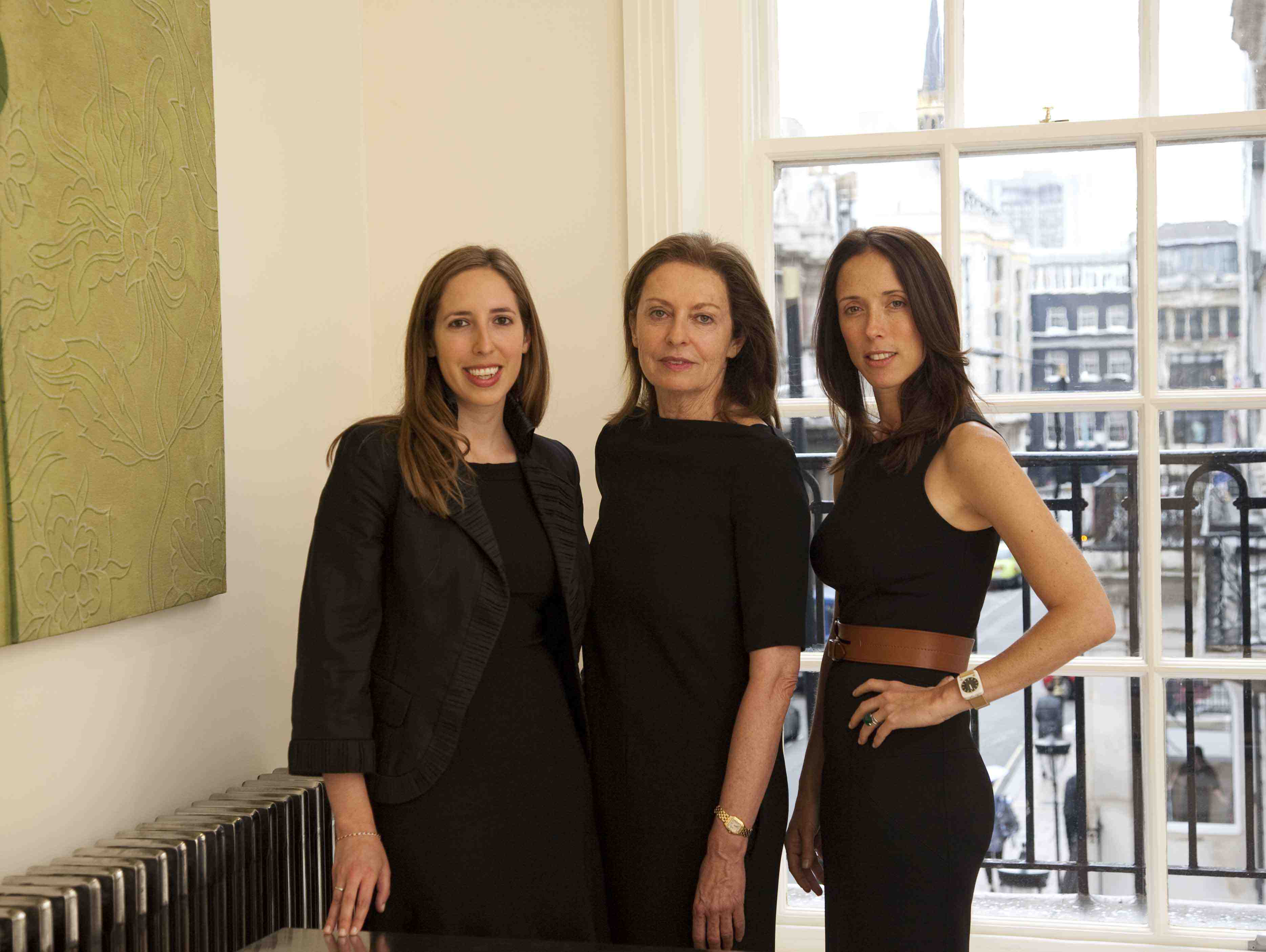
The past and present achieve an elegant balance at this New York and London-based gallery, founded by the Israeli art dealers Amalia Dayan and Daniella Luxembourg in 2009. Instead of representing artists, the gallerists curate intellectual, historically-minded shows that often examine artistic styles and movements with an unexpected or contemporary twist.
The exhibition opening next month in New York, for instance, pairs significant works by Italian Arte Povera artists of the 1960s and ‘70s with works made especially for the show by contemporary artists, including Jason Loebs and Carlos Reyes. “Contingencies: Arte Povera and After” is a prime example of the gallery’s mission, in which “we expand the definition of a theme by looking at it from different perspectives of time and place,” says Dayan, who started her career at the New York gallery Deitch Projects and later moved to Gagosian Gallery and the auction house Phillips. Past exhibition themes have focused on gray-scale paintings known as grisaille, shaped canvases and the diverse uses of the impasto painting technique.
If Dayan brings a more contemporary taste to the gallery, Luxembourg delivers a scholarly sensitivity and an abiding passion for modernist art. “I was always very interested in the notion of modernism—it can be Manet, Cézanne, even Courbet—that notion of going from one place and arriving to another,” says Luxembourg, who first made her name as a museum curator and later co-chief, with Simon de Pury, of what was then Phillips de Pury and Luxembourg. Her daughter, Alma Luxembourg, joined the gallery as a third partner in 2011.

Allowing for their individual differences, without succumbing to conflict, is another art form that these old friends and business partners have mastered. “The idea for each show usually comes from one of us and then we all help,” says Luxembourg. “It’s not that the three of us are necessarily equally passionate about it, but during the process we manage to convince each other. That’s the nature of our success—that each one of us feels totally free to pursue her interests and passions. It’s not a committee.”
For Dayan, that idea was, most recently, the Arte Povera show in New York, as well as the occasional solo presentation by a living artist, such as Bjarne Melgaard and Rob Pruitt. For Daniella Luxembourg, it was this past summer’s show on abstract sculpture with installation design by Daniel Liebskind, and for Alma Luxembourg, it was a solo exhibition by the little-known Italian artist Gino de Dominicis.
They all agree, however, that no matter what the show, the most important part of running a successful secondary-market gallery is maintaining the highest quality of art possible. “When you have great works of art you have to invest much less in marketing, in explaining, in convincing, in all the other work that art dealers have to do,” says Luxembourg. “It sells itself.”



